Molecule of Life
MOLECULE OF LIFE
The unique patented flavonoid complex contained in NEIO® products is called the "Molecule of Life".
Flavonoids are very powerful natural antioxidants. They provide protection against the harmful effects of free radicals, which are responsible for premature cell aging and the development of various diseases. A sufficient supply of flavonoids contributes to the maintenance of the proper function of the body cells.

For the discovery of the unique flavonoid complex "Molecule of Life" we received a gold award from the World Intellectual Property Organization in Geneva. The results of our work in the field of biotechnology were included among the best scientific innovations in 2009 (WIPO AWARD 2009).
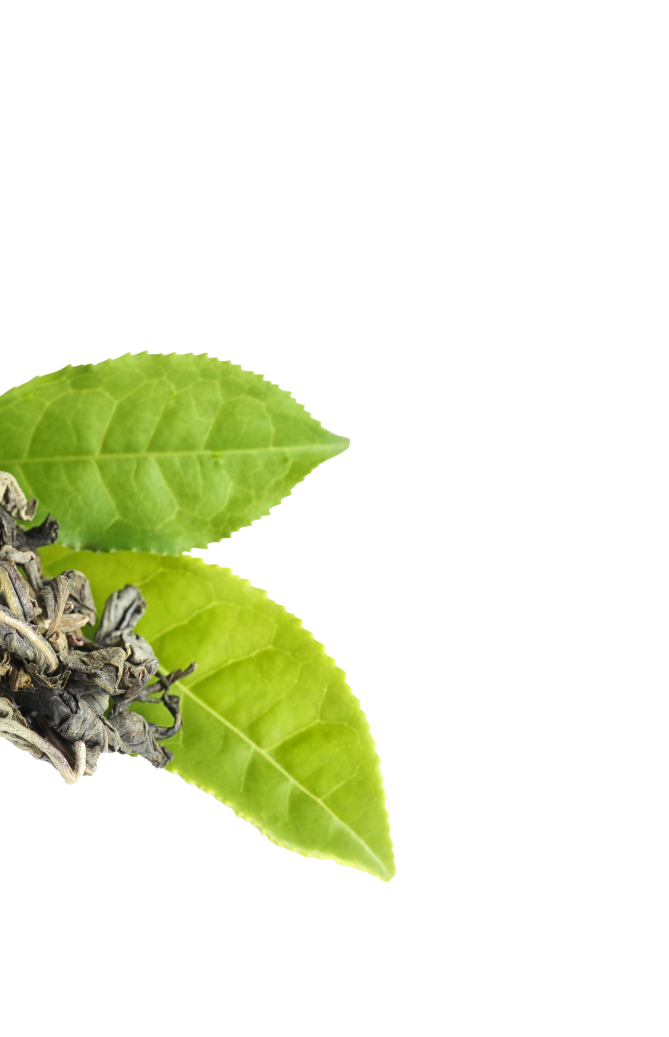

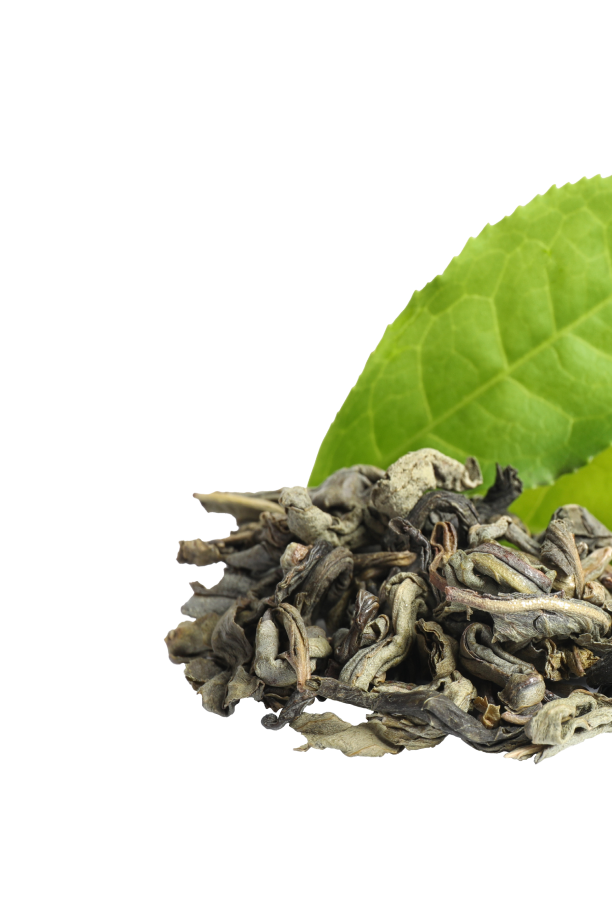
Get to know our uniqueness called the
Molecule of Life
It is a unique set of flavonoids that are among one of the most effective and powerful antioxidants of natural origin.
Regular application and use of NEIO® products supplies the body with highly effective antioxidants in the form of Molecule of Life supplemented with vitamins, which also contribute to the protection of cells from oxidative stress.
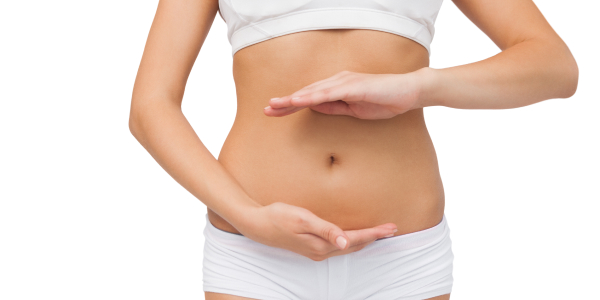
Effects on the organism
Flavonoids help to reduce the harmful effects of free radicals, which in excessive amounts cause oxidative stress. The body's antioxidant capacity decreases with age, and this plays an important role in the cellular ageing process. The inability of body to get rid of free radicals is now considered to be one of the most common causes of a number of civilisational diseases. Higher intake of exogenous antioxidants may contribute to the elimination of free radicals. However, we are not able to ingest sufficient amounts of flavonoids from natural sources on a regular basis. Therefore, if we want to take advantage of their beneficial effects, dietary supplements are an option. It is preferable to take complex preparations where the individual flavonoids can interact positively in their effect.
View dietary supplements
Effects on the skin
When the skin is exposed to intense ultraviolet radiation, normal chemical molecules are converted into free radicals. By applying cosmetic products, we protect our skin. Flavonoids enter the cells of the upper layers of the skin, where they help to counteract free radicals. Their anti-inflammatory and antiviral effect is applied here. Ultraviolet radiation in the skin also damages collagen and elastin fibres, the skin loses its smoothness and elasticity, and drying and wrinkling occurs. Regular application of a protective layer of flavonoids thus has the effect of slowing down skin ageing.
View cosmeticsSafety and tolerability
Flavonoids are substances of natural plant origin and show a favourable safety profile and good tolerability for the human body. They generally have good water solubility, so they are easily excreted and do not accumulate in the body. Therefore, as with some water-soluble vitamins, there is no upper limit to the recommended daily intake.
Composition of
NEIO®
preparations
Our products are inspired by nature, so you will find only carefully selected ingredients of purely natural origin of the highest quality. The balanced composition of the products is designed to have a beneficial effect on the functioning of cells and tissues.
In NEIO® products we find a combination of a range of active flavonoids derived from two main sources:
Chinese tea tree
Camellia sinensis
- The Chinese tea tree is an evergreen shrub native to China and neighbouring countries such as Vietnam, Burma, Laos and India. It is rich in flavonoids, vitamins A, B and E and a variety of minerals. Because of its beneficial effects, it is used in pharmaceutical, food and cosmetic preparations, where it excels especially in its antioxidant properties.
- Green tea supports mental activity, helps with Alzheimer's disease and strengthens the immune system. It balances the level of harmful cholesterol in the blood, thus having a positive effect on the function of the heart and blood vessels. Last but not least, it relieves musculoskeletal pain, has detoxifying effects and protects the liver.
- In addition, Chinese tea tree has a number of effects that are also beneficial for the skin. It renews and regenerates skin cells, promotes healing of damaged tissue and has anti-inflammatory effects. It also relieves puffiness and reduces dark circles under the eyes. In hair cosmetics, it is used to soothe irritated scalp and promote hair growth. Among other things, it also strengthens brittle nails.
Red vine
Vitis vinifera
- The vine is a climbing woody plant of which there are now thousands of varieties. Grape vines are rich in flavonoids, vitamins B and C, manganese, magnesium and potassium. Because of its content of these substances, the grape vine is especially valued for its antioxidant properties.
- Wine grapes help with weight loss and weight maintenance. Further, it drains toxic substances from the body, cleanses the kidneys and urinary tract. It contributes to the protection of the integrity of the vascular system, favorably affects the heart, blood circulation and blood pressure.
- In cosmetics, grapeseed oil is used for its emollient properties. It is quickly absorbed into the skin, where it retains moisture, leaving it sufficiently softened and silky smooth. Furthermore, it has intensive regenerating and nourishing effects, thus fighting premature skin ageing.
The effects of the flavonoid complex are very well complemented by the action of vitamins. In our products you will find the following range of vitamins:
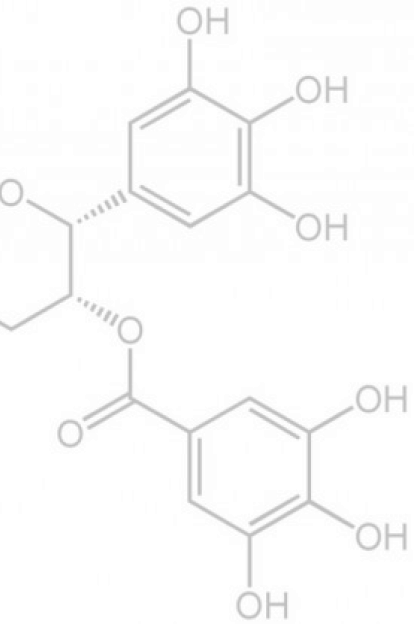
What are
Flavonoids
Flavonoids are among the most powerful antioxidant substances we know.
Our diet contains a variety of substances that have antioxidant activity or are capable of scavenging free radicals. Among the most important representatives of antioxidants from our diet are vitamin C, tocopherols (vitamin E), carotenoids (source of vitamin A) and especially flavonoids.
Flavonoids are substances produced in plants whose main function is to protect against harmful external influences (UV radiation), maintain the stability of the internal environment (neutralization of free radicals) and other functions important for plant survival. In addition to UV protection, flavonoids also have regulatory functions that influence basic processes and protect plants from foreign organisms. Different types and forms of flavonoids, sometimes referred to as bioflavonoids, are found in many plants, including those that are part of our diet. Some of the most well-known sources of flavonoids are berries, grapes, citrus fruits, cocoa beans, peanuts, parsley or onions.
Chinese tea tree plants in particular contain very potent flavonoids.
Effects of flavonoids
Flavonoids help to reduce the harmful effects of free radicals, which in excessive amount cause oxidative stress. This is involved in the development of many civilization diseases. It has been shown to contribute to the development of cardiovascular diseases, which are the most common cause of death in developed countries. Oxidative stress also has an impact on the development of diabetes, some neurodegenerative diseases (Alzheimer's and Parkinson's disease), chronic inflammation, bacterial and viral infections and some types of cancer. In addition to potent antioxidant activity, flavonoids have also been shown to have effects on enzymes, receptors and cell signalling. These properties play a positive role in influencing inflammatory processes in the body, the immune system, metabolism and provide flavonoids with antibacterial and antiviral effects.
Flavonoids are studied in relation to their effects on:

Heart and blood vessel diseases (atherosclerosis)

Metabolic disorders (diabetes, obesity)

Neurodegenerative diseases (Alzheimer's and Parkinson's disease)

Oncological diseases

Immune system

Infectious diseases

Skin and its ageing
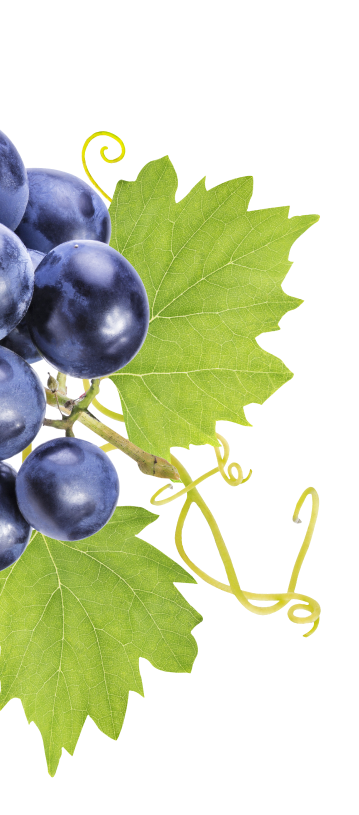
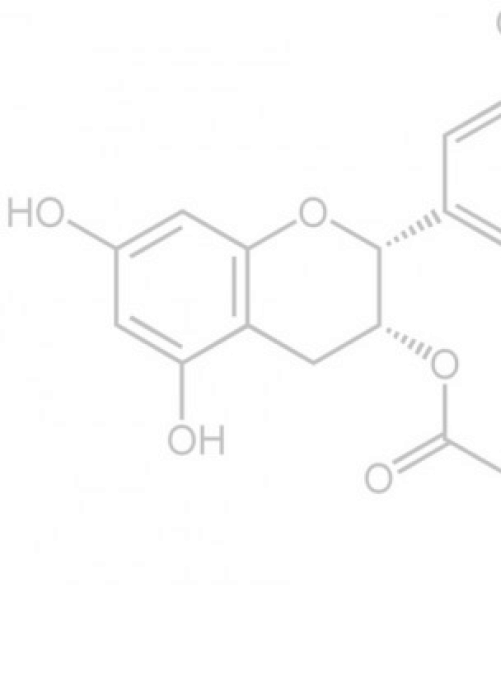
Antioxidant activity

The ORAC value for the flavonoid complex in NEIO® preparations is more than 1,000 micromoles TE per gram. For comparison, ORAC values are given for fruits, which have one of the highest flavonoid content in the plant kingdom.
| Fruits and nuts | Antioxidant capacity ORAC (µmol TE/1 g = micromole of TE per 1 gram) |
|---|---|
| Strawberries | 59 |
| Pistachio | 76 |
| Cranberries | 90 |
| Blueberries | 95 |
| Walnuts | 135 |
| Aronia | 160 |
| Molecule of Life | >1 000 |
Flavonoids and cardiovascular diseases
The effects of flavonoids on the heart and blood vessels are multiple and were among the first to be studied. Epidemiological studies have investigated the effect of dietary flavonoids on cardiovascular disease.
They are known to have a positive effect on the blood vessel wall, where they can reduce the formation of arteriosclerotic plaques and thus reduce the risk of myocardial infarction or stroke.
In 2014, the largest pooled analysis (called a meta-analysis) of the largest clinical trials to date looking at the relationship between flavonoid use and the incidence of cardiovascular diseases was published. These were studies of several years' duration in which more than 450 000 individuals were followed up.
This pooled analysis has shown that flavonoid intake significantly reduces the risk of cardiovascular diseases.
Flavonoids and metabolic diseases
Flavonoids can have beneficial effects on a variety of metabolic processes.
Excessive visceral (organ) fat is associated with metabolic disorders leading to poor health and increased risk of cardiovascular diseases. This is known as metabolic syndrome, which is a complex of several diagnoses. In addition to overweight and obesity, it is a disorder of fat metabolism, elevated blood pressure and elevated blood glucose levels. People with metabolic syndrome are at high cardiovascular risk. In developed countries, up to one-third of the population suffers from manifestations of metabolic syndrome (sometimes called syndrome X).
Polyphenolic flavonoids also act on the calorie intake by modifying the activity of enzymes involved in the absorption of fats and sugars.
Flavonoids and neurodegenerative diseases
Accumulated data show that reactive oxygen forms are involved in the development of neurodegenerative diseases such as Alzheimer's or Parkinson's disease.
Flavonoids may provide neuroprotective effects in Alzheimer's disease.
Flavonoids and the immune system
There are many studies dealing with the effects of flavonoids on the immune system.
Thanks to their antioxidant and anti-inflammatory properties, flavonoids have immunostimulating effects.
Thus, it is not only about influencing the reactions of free radicals through high antioxidant activity, but also about the action of flavonoids on the cells of the immune system and the subsequent immunomodulatory effect.
Flavonoids and infectious diseases
In addition to their antioxidant activity, flavonoids also exhibit good antibacterial activity due to their effect on bacterial division, cell membrane and metabolism. Substances such as quercetin or kaempferol have antimicrobial activity against a wide range of bacteria. Quercetin and luteolin, as well as some other flavonoids, have shown a mutually beneficial effect with several antibiotics.
Different types of flavonoids have been studied for their potential antiviral effects, and several of them have demonstrated antiviral properties not only in in vitro but also in in vivo studies.
Flavonoids and skin
Overexposure to UV rays causes increased production of free radicals in the skin, which leads to skin cell damage. The disruption of the functions of elastin and collagen fibres accelerates skin ageing with all the undesirable manifestations of this process.
As one of the most powerful antioxidants, flavonoids can limit the adverse effect of free radicals on skin cells.
Do we have enough flavonoids?
Flavonoids are commonly taken daily in foods of plant origin. This is a very large group of substances, some of which have a beneficial effect on our health. The question is therefore what flavonoids we take and in what quantities. Past researches have shown that the normal intake of flavonoids is most often below the threshold where we would expect them to have a positive effect.
Thus, we are not able to get enough flavonoids from natural sources on a regular basis. If we want to take advantage of their beneficial effects, dietary supplements are an option. It is preferable to take complex preparations where the individual flavonoids can interact positively in their effect.
View dietary supplementsLiterature and sources of information
- Gems D, Partridge L. Stress-response hormesis and aging: "that which does not kill us makes us stronger". Cell Metab. March 2008, roč. 7, čís. 3, s. 200–3
- Valko M et al. Free radicals, metals and antioxidants in oxidative stress-induced cancer. Chem Biol Int, 2006
- Frankel EN, German JB (2006) Antioxidants in foods and health: problems and fallacies in the field. J Sci Food Agric, 2006
- Paulová H et al. Metody stanovení antioxidační aktivity přírodních látek in vitro, Chem. Listy 98, 174–179 2004
- Gülcin I Antioxidant activity of food constituents: an overview, Arch Toxicol, 2012
- Rajnochová Svobodová A Poškození kůže působením slunečního záření, možnosti ochrany a prevence. Univerzita Palackého v Olomouci. Olomouc, 2012. ISBN 978-80-244-3183-3.
- Gülcin I Antioxidant activity of food constituents: an overview, Arch Toxicol, 2012
- Lachman J et al. Natural antioxidants – important food constituents in human nutrition for healthy life in the beginning century. ČZU Praha, 75-90, 2004.
- Medzhitov, R. Origin and physiological roles of inflammation. Nature 2008, 454, 428-435.
- Libby, P.; Ridker, P.M.; Maseri, A. Inflammation and atherosclerosis. Circulation 2002, 105, 1135-1143.
- Azizi, G.; Navabi, S.S.; Al-Shukaili, A.; Seyedzadeh, M.H.; Yazdani, R.; Mirshafiey, A. The role of inflammatory mediators in the pathogenesis of alzheimer's disease. Sultan Qaboos Univ. Med. J. 2015, 15, e305-e316.
- Maroon, J.C.; Bost, J.W.; Maroon, A. Natural anti-inflammatory agents for pain relief. Surg. Neurol. Int. 2010, 1, 80.
- Kurek A et al. New antibacterial therapeutics and strategies. Pol J Microbiol. 2011;60(1):3-12.
- Jiang W et al. Dietary flavonoids intake and the risk of coronary heart disease: a dose-response meta-analysis of 15 prospective studies. Thromb Res. 2015 Mar;135(3):459-63. doi: 10.1016/j.thromres.2014.12.016. Epub 2014 Dec 23.
- Lei Lei et al. Flavan-3-ols consumption and cancer risk: a meta-analysis of epidemiologic studies. Oncotarget. 2016 Nov 8; 7(45): 73573–73592.
- Hodgson JM, Croft KD Tea flavonoids and cardiovascular health. Mol Aspects Med. 2010 Dec;31(6):495-502. doi: 10.1016/j.mam.2010.09.004. Epub 2010 Sep 15.
- Oteiza PI et al. Flavonoids and the gastrointestinal tract: Local and systemic effects. Mol Aspects Med. 2018 Jan 12
- Bakhtiari M et al. Protective effects of flavonoids against Alzheimer's disease-related neural dysfunctions. Biomed Pharmacother. 2017 Sep;93:218-229
- Shahpiri Z et al. Phytochemicals as future drugs for Parkinson's disease: a comprehensive review. Rev Neurosci. 2016 Aug 1;27(6):651-68
- Barbieri R et al. Phytochemicals for human disease: An update on plant-derived compounds antibacterial activity. Microbiol Res. 2017 Mar;196:44-68
- Zakryan H et al. Flavonoids: promising natural compounds against viral infections. Arch Virol. 2017 Sep;162(9):2539-2551 pleťový booster & hydratace & anti-age
